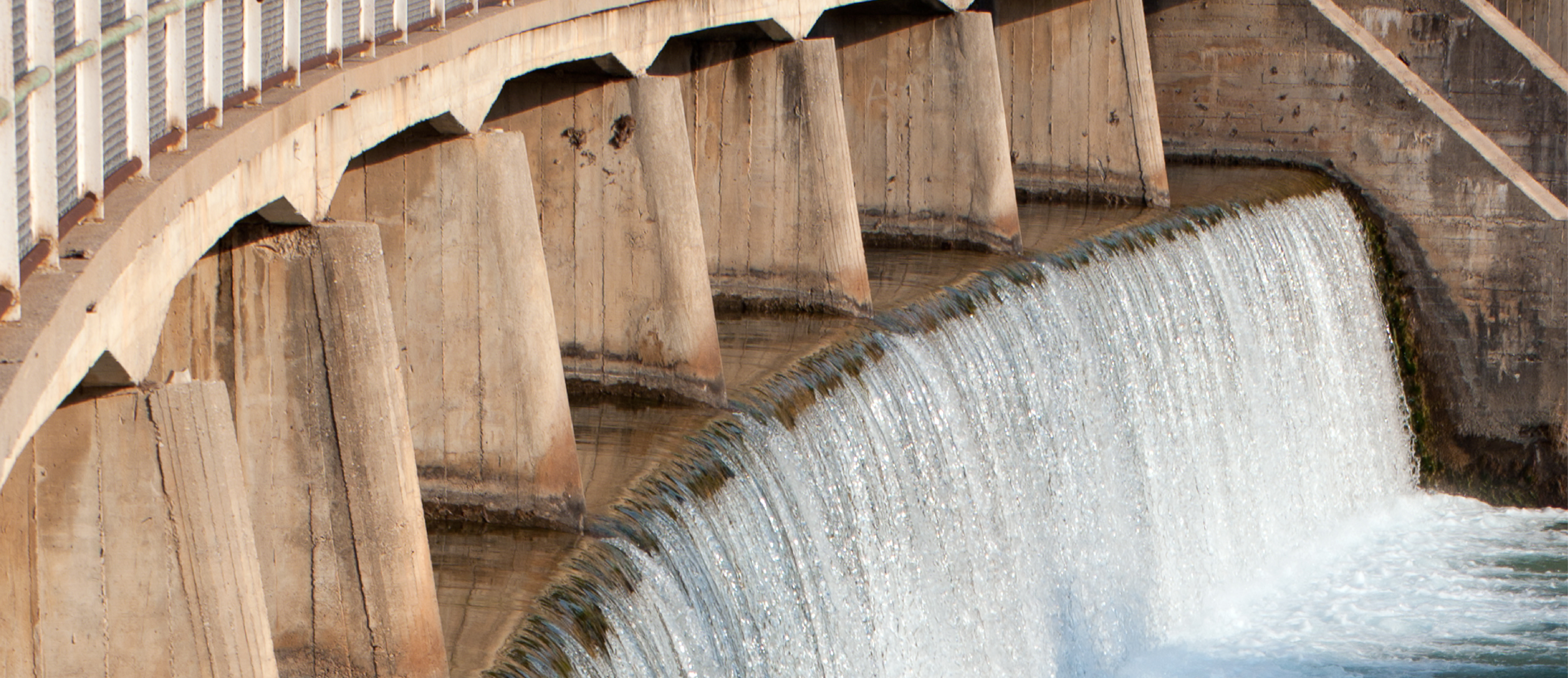In the construction sector, cement is one of the key contributors to carbon emissions, generating around 2.8bn tonnes of CO2. With the UK government’s recent commitment to reducing the UK’s greenhouse gas emissions, there is an urgent call for the industry to
adapt and find innovative ways to reduce its cement carbon emissions. Libby Snow and Oliver Heath of Lockton Global Construction Practice discuss the industry’s potential solution: eco cement, also known as green concrete.
Building on 2016’s Paris Climate Accords, the UK Government recently committed itself
to reducing the UK’s net greenhouse gas emissions by 78% from 1990 levels by 2035. The
built environment is responsible for 40% of the UK’s carbon footprint, and there is a growing
acceptance that we need to change the way we build if we’re going to hit that target.
Cement is one of the key contributors to construction-sector carbon emissions. The chemical
and thermal combustion processes involved in its production release a large amount
of carbon dioxide (CO2) into the atmosphere, accounting for around 8% of global CO2
emissions.
But there’s no escaping the reality that cement is likely to continue playing an integral
role in the construction of our built environment for the foreseeable future. The current
expectation is that annual cement production worldwide will increase from the current four
billion tonnes to more than five billion over the next thirty years. That means the industry
urgently needs to adapt and innovate and find ways of reducing cement’s carbon-emissions
impact.
WHAT IS ECO CEMENT?
Eco cement (aka green concrete) is a less environmentally damaging form of concrete
manufactured using industrial and/or agricultural waste, recycled aggregates and/or sand
substitutes like ash from municipal incinerators or sewage sludge, combined with limestone
and clay.
THE BENEFITS AND CONSIDERATIONS OF ECO CEMENT SUMMARISED:
Green concrete benefits:
Lower CO2 emissions;
Reduced environmental pollution;
Good thermal and acid resistance;
Reduced overall cement consumption;
More economical than traditional concrete;
Easier to work with than conventional concrete;
Provides a practical use for waste materials like fly ash and rice husk;
Suitable for mass concreting thanks to having significantly lower heat of hydration than standard concrete - resulting in a decreased contribution to rising temperatures;
Prepared in essentially a similar way as conventional concrete.
Considerations of eco cement:
Under compression, eco cement performs less well than standard concrete in splitting tensile strength tests;
The cost of reinforcing green concrete with stainless steel could negate or reverse its cost advantage;
Eco cement absorbs more water than conventional concrete during production, putting additional demands on what is often a scarce resource;
The use of eco cement results in shorter expected building lifetimes than for structures built using traditional concrete.
ECO CEMENT APPLICATIONS
Bridges and dams
Buildings
Roads
Hungry Horse Dam in the US and India’s Rihand Dam are two examples of major projects built using eco cement.
AN INSURANCE INDUSTRY PERSPECTIVE
From an underwriter’s point of view, the use of sustainable materials is likely to introduce additional risk factors. For example, some sustainable materials are more flammable than traditional materials or don’t have the same longevity. The repair risks associated with buildings constructed using sustainable materials can also be significant, and are likely to prove costly to resolve. This is a particular concern when the expectation is that more sustainable materials may be less durable than the traditional alternatives.
Changing a building’s energy source also changes its risk profile. The UK Climate Change Committee estimates that around 34% of carbon-emission reductions in the property sector result from energy-efficiency measures - and an increasing proportion of this contribution stems from low-carbon heating. The UK Climate Change Committee has recommended phasing out highcarbon fossil-fuel and gas-powered boilers in new homes, commercial and public buildings from 2025. Doing this without properly understanding and managing its impact on construction risks could create significant challenges, and indeed costs, for insurers
and their clients.
This effect led to a big surge in insurance costs following the Grenfell fire. Alarm on the part of insurers saw many increase their premiums and/or exclude materials like cladding from their professional indemnity policies. Gaps in cover around green building materials or techniques could deter investment in innovation. Insurers need to strike a balance by providing insurance products that reflect changing risk profiles – at premium rates that remain affordable for building owners and the construction industry.
Another challenge for underwriters is the lack of historical data on how newer, greener materials like eco cement perform in practice. This has made many insurers reluctant to provide cover. But, the more such projects get built over time, the stronger insurer appetite is likely to become. A growing accumulation of claims data will hopefully allay insurer nervousness and lead to increased capacity and more attractive pricing, as competition starts to develop in the insurance market.
If you'd like to find out more about our services, please visit our Global Construction Practice page


